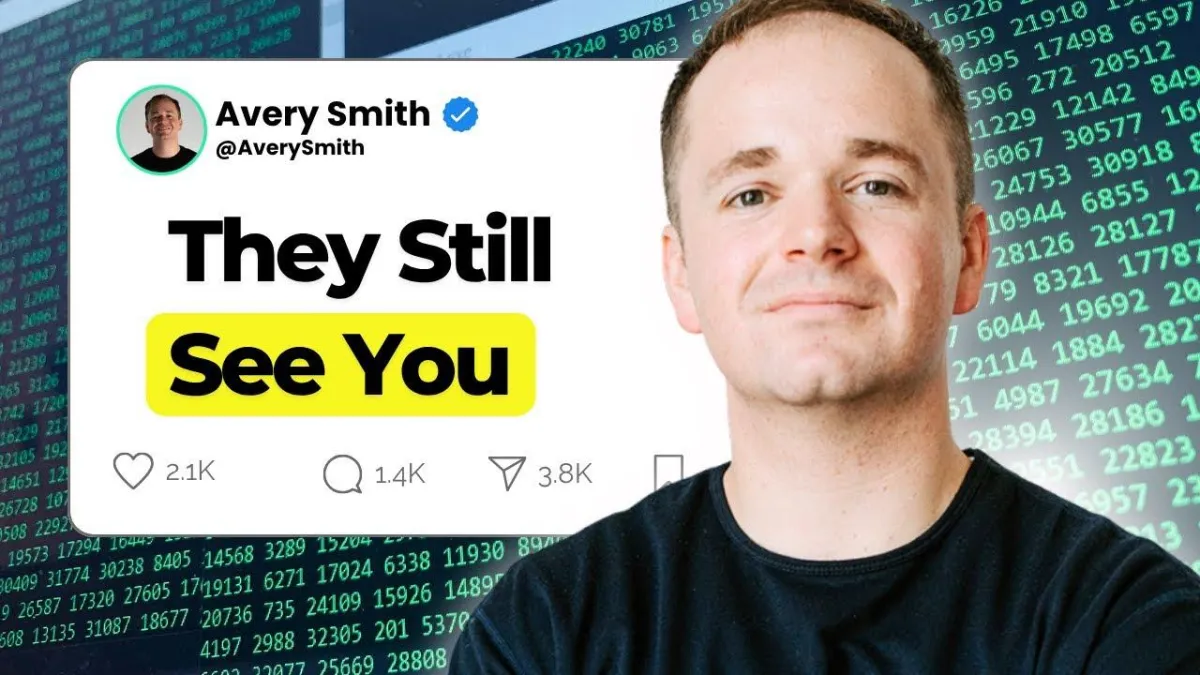
🤖 Think Your Data Is Safe? A Data Analyst Explains Why It’s Not
A universal truth about Analytics & AI in 2025:the better the data, the more cool things you can do with it.
You can’t really do dope things with bad data. The tricky part is a lot of the good data, is pretty private…
Healthcare companies could build AI doctors that can help diagnose you better. But they need every note your doctor ever wrote about you. Private.
Banks want fraud detection that actually catches the bad guys. But they need to see every transaction you've ever made. Private.
EdTech companies want tutors that adapt to how YOU learn. But they need access to every quiz you bombed and every subject you struggle with. Private.
Every industry is at a cross-roads: build AI that sucks but keeps your personal data safe, OR build AI that's amazing but uses people's private info.
So what do we do?
Well, there’s actually a simple solution. It’s just a two-step workflow.
Step 1: Sensitive Data Discovery
This is where you find all the private stuff in your data. Names. Addresses. Social security numbers. Medical conditions. Credit card numbers. Anything that could identify a real person or expose something personal.
Step 2: Redaction and Synthesis
Once you find the sensitive stuff, you replace it. Not with blank spaces or “XXXX”. But with realistic fake data that keeps everything working.
So something like "Harvey Demore, born January 15, 1982" becomes "Jordan Smith, born January 12, 1983."
You can no longer identify Harvey. New person. Fake person. Same type of data. Your AI and analytics still learns patterns. Your models still work. But real people (and their data) stay protected.
Cool, huh? Kinda simple on paper, but how do companies actually do it? Seems like a lot of work to find all the personal data and make up good replacements…
To be honest, a lot of companies just decide it’s too much work and DON’T do it. They just sit on treasure troves of real data that collects dust.
But recently, there’s been some cool developments that make thisreallyeasy.
LikeTonic Textualfor example (who is sponsoring this issue). It’s built to search through all your data, find all the personal data, and create realistic synthesis data instead. All in a few clicks, or even automatically at scale with the API.
Guys, this problem isn’t going away - it’s only going to get bigger. Data and AI are growing at a rapid pace. And if we want to build cool, personal data platforms, we need access to private data. This is the future of the job. Companies need people who can:
Know about this problem
Find sensitive info in messy datasets
Clean data without breaking it
Build models that work AND protect people
Hopefully that’s you after reading this issue, right?
If you want to check out how this actually works in practice,watch my short videoon it.
Or get some hands-on practice asTonic Textual offers a free versionyou can take for a spin.
And if you work at a big company that deals with sensitive data, make sure they know about this!


